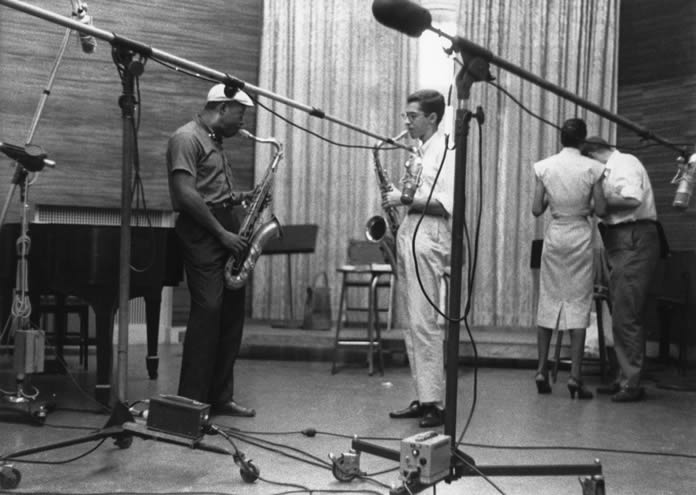

Fortunately, a recording date was set in New York on July 27 at the Nola Studios, and his latest quartet of Charlie Rouse, Sam Jones, and Art Taylor entered the studio for a single days session. Monk’s misfortunes caused him to be unable to fulfill the trip, nor record new compositions.

Both Vadim and jazz promoter Marcel Romano were fans of Monk, and wanted him to record new music to complement the avant theme of this movie. This led to a downward spiral and depression after he lost his cabaret card, putting a halt to NYC club work.Īround this time, Monk had been offered the opportunity to record in France, the soundtrack to Roger Vadim’s film, Les Liasons Dangereuses. However, in October of that year he was arrested on trumped up drug charges in Delaware, after an altercation with police, while on the way to a gig in Baltimore. His quartet had extended engagements at the Five Spot Cafe in the Summer, and Fall of 1958. He had won the Downbeat International Critics poll. He had received well-deserved acclaim and his acceptance by the jazz public was evident. Monk’s career at that time was a constant roller coaster. The story behind the only movie soundtrack recorded by Thelonious Monk is perhaps even more interesting than the actual tracks laid down by Monk in the Summer of 1959. With special guest – Barney Wilen – tenor sax) (Thelonious Monk – piano Charlie Rouse – tenor sax Sam Jones – acoustic bass Art Taylor – drums. Thelonious Monk – Les Liaisons Dangereuses 1960 – Sam Records/ SAGA – two vinyls (July 1959) **** (4/22/ Record Store Day): Not surprisingly, when the founders of two French reissue labels unearthed boxes of audiotape that had been gathering dust for over half a century in the archive of a Paris-based jazz insider, they turned to Resonance’s Executive VP and General Manager, Zev Feldman, to collaborate on the launch of their own rare relic.Monk’s only recorded movie soundtrack – from original session tapes, now in remastered sound… Among the most notable examples of such “lost albums” are John Coltrane’s Offering: Live at Temple University, a searing 1966 performance by the saxophonist, taped just months before his death and the aptly titled Some Other Time: The Lost Session From the Black Forest, a radiant standards-centric Bill Evans studio session captured in ’68.īoth of these recordings were brought to light by Los Angeles-based Resonance Records. Over the past few years especially, new releases by contemporary jazz musicians have had to vie for attention with recently discovered, decades-old recordings by some of their legendary (and long-deceased) forebears.

Poster for Les Liaisons Dangereuses 1960 (image courtesy of Fred Thomas/Private Collection)


 0 kommentar(er)
0 kommentar(er)
